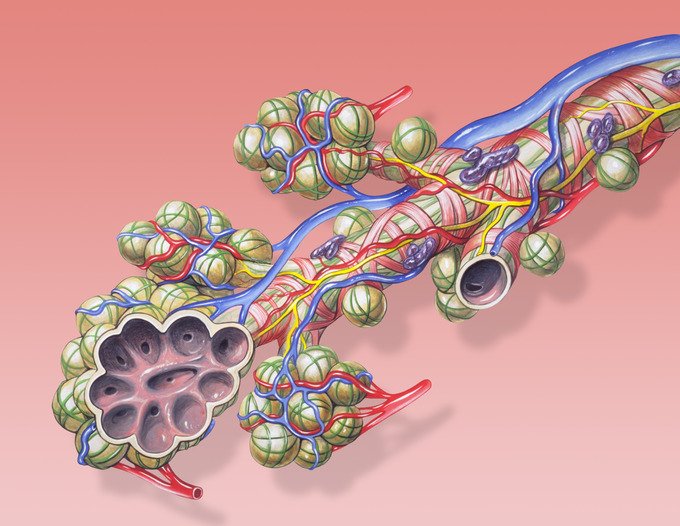
The human body, a marvel of biological engineering, is composed of countless atoms, each with its own incredible lineage stretching back to the fiery hearts of stars. But what if we told you that the very carbon atoms forming the foundation of your existence didn’t just originate from a distant supernova, but actually embarked on an epic journey, venturing far beyond the confines of our home galaxy before returning to become a part of you? This isn’t science fiction; it’s the thrilling reality revealed by groundbreaking new astrophysical research.
For generations, scientists assumed that matter expelled by exploding stars slowly drifted through the cold, expansive void of interstellar space, eventually coalescing to form new star systems, planets, and even life itself. It was a grand, albeit somewhat passive, cosmic dance. However, recent investigations have shattered this long-held perception, unveiling a far more dynamic and intricate universal mechanism at play. The universe, it seems, is an active participant in its own grand recycling program, constantly shuffling its most vital components across mind-boggling distances.
At the heart of this revelation is a new study, published in The Astrophysical Journal Letters, which dramatically reshapes our understanding of where the building blocks of life truly come from. Led by Samantha Garza, a University of Washington doctoral candidate, and co-authored by UW professor Jessica Werk, this research suggests that a significant portion of the carbon in your very cells has likely spent an unimaginable amount of time outside the Milky Way, circulating on what scientists are calling a cosmic “conveyor belt” before returning home. This discovery paints a vivid new picture of galactic evolution and our own profound connection to the cosmos.
Now, let’s dive into the first six fascinating aspects of this incredible cosmic saga.

1. **The Incredible Cosmic Journey of Carbon in Your Body**
Imagine for a moment that the carbon atoms comprising your very being — the structural elements of your proteins, the energetic backbone of your carbohydrates, the genetic blueprint of your DNA — have an astonishing passport stamp: “Extragalactic Traveler.” This is precisely what the latest scientific findings suggest, offering a profound, almost poetic, connection between our terrestrial existence and the vast, swirling expanse beyond our galaxy. It’s a narrative that transforms our understanding of personal origins from merely being “stardust” to being “recycled intergalactic stardust.”
The carbon that is a key component of the human body—and all other lifeforms on Earth—may have traveled outside the galaxy after being created before returning on a cosmic “conveyor belt,” an author of a new study has suggested. This statement, delivered by study lead author Samantha Garza, challenges the conventional view of how fundamental elements are distributed throughout the cosmos. It implies that our connection to the universe is far more intimate and dynamic than previously conceived, with the very fabric of our bodies having undertaken an epic, perhaps singular, journey through intergalactic space.
Indeed, the study goes further, suggesting that “Most of the atoms in your body likely spent millions of years circling the Milky Way on a cosmic ‘conveyor belt’ before returning to our galaxy prior to the solar system’s creation.” This staggering timescale—millions of years—and the immense distances covered on this “conveyor belt” underscore the truly epic scope of this atomic odyssey. It highlights that the materials forming Earth and everything on it, including humanity, are not merely locally sourced but are composites of elements that have crisscrossed vast cosmic territories, making their way back just in time for creation.
This incredible journey emphasizes that our physical composition is not just a product of our local stellar neighborhood. Instead, it is a testament to the universe’s grand, interconnected processes. Every breath we take, every cell that regenerates, carries within it the echoes of an unimaginable voyage, a silent narrative of stellar death, galactic expulsion, and eventual return. It’s a reminder that we are intrinsically linked to the entire cosmic tapestry, not just a small corner of it.
Read more about: The 14 Best Celebrity-Owned Brands That Are Actually Eco-Friendly and Changing the Game for a Sustainable Future
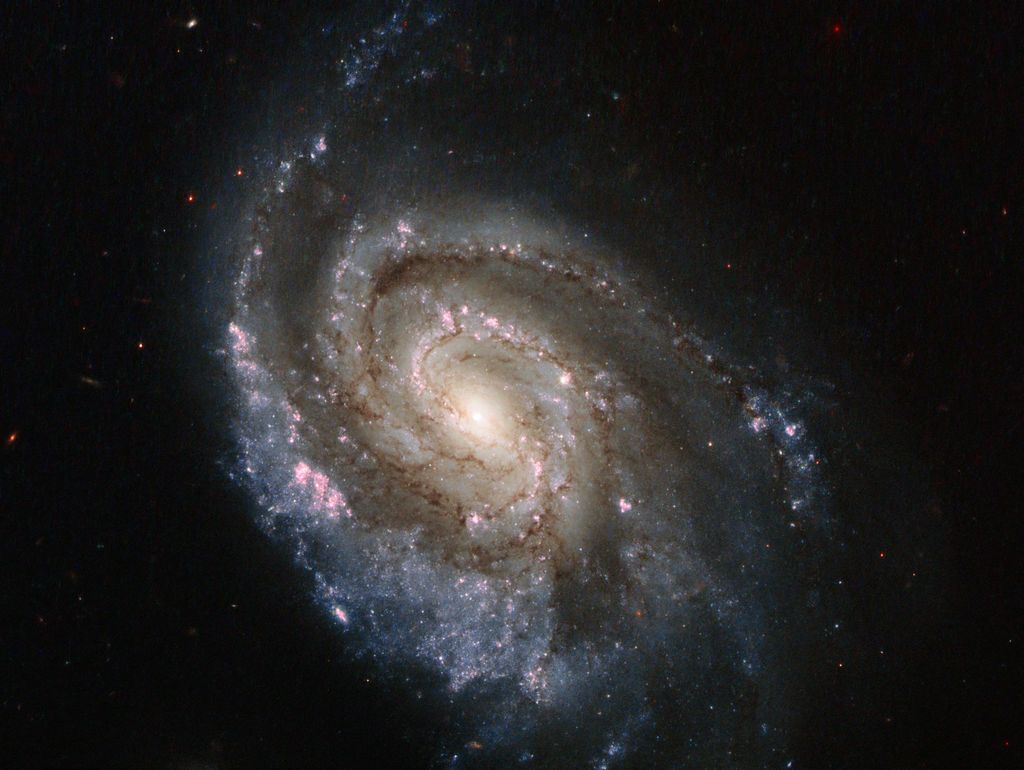
2. **The Stellar Forge: Where Elements, Including Carbon, Are Born**
To fully appreciate carbon’s incredible journey, we must first understand its genesis. The story of carbon, and indeed almost all the elements that comprise our world and ourselves, begins in the colossal furnaces of stars. These celestial behemoths are not merely distant points of light; they are the universe’s primary alchemists, tirelessly transforming lighter elements into heavier ones through an awe-inspiring process known as nuclear fusion. It’s within these stellar cores, under conditions of unimaginable heat and pressure, that hydrogen and helium atoms are squeezed together to forge the very building blocks of complexity.
Carbon, a fundamental element for life as we know it, is a prime example of such a stellar creation. It is “created inside stars through the process of nuclear fusion,” as the study context explains. This process is essentially the universe’s grand manufacturing plant, where raw, primordial gases are transmuted into the diverse array of elements found across the cosmos. Without these stellar furnaces, the universe would remain a much simpler place, devoid of the intricate chemistry necessary for planets, much less for biological organisms.
The life cycle of a star is inextricably linked to the distribution of these vital elements. When these stars reach the end of their brilliant lives, they don’t simply fade away; they often culminate in spectacular, catastrophic events. “Distributed throughout the universe when those stars die,” is the critical next step in this cosmic drama. For massive stars, this grand finale often takes the form of “gigantic stellar explosions, known as supernovae.” These cataclysmic bursts are not only incredibly luminous, outshining entire galaxies for a brief period, but they also serve as the ultimate dispersers, scattering the newly forged materials, including carbon, across vast swathes of interstellar space.
These supernovae are nature’s ultimate recyclers, ensuring that the elements forged in one generation of stars become the raw material for the next. The matter ejected from these explosions then forms giant clouds that eventually condense, under the influence of gravity, into new stars, surrounded by nascent planetary systems, moons, asteroids, and comets. It is this continuous cycle of creation, death, and dispersal that ensures the universe remains vibrant and capable of supporting complex structures, including, ultimately, “the chemistry of life” on planets like Earth.
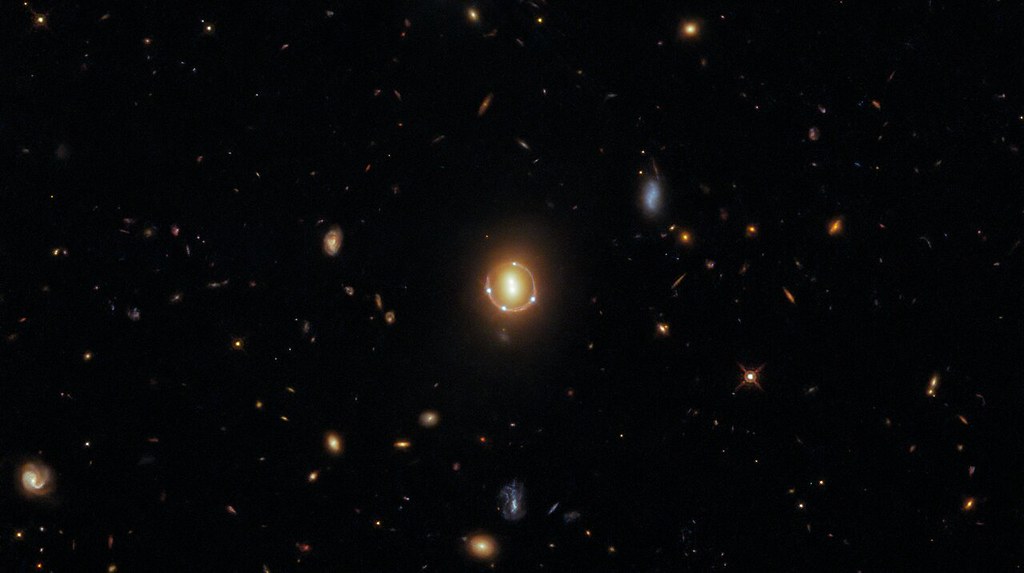
3. **Introducing the Circumgalactic Medium (CGM): The Universe’s Grand Recycling Hub**
For many decades, the prevailing scientific assumption was that the matter expelled by exploding stars simply drifted through the interstellar medium, gradually dispersing until it eventually reformed into new celestial bodies. This view, while logical, lacked a crucial piece of the cosmic puzzle. That missing piece began to emerge a little over a decade ago, with a pivotal discovery that forever changed our understanding of galactic dynamics and material distribution.
A significant breakthrough occurred in “2011, when scientists discovered that some atoms, including oxygen, iron and other heavier elements, can be expelled from their host galaxy by supernovae and get caught up in giant cosmic currents, known as the circumgalactic medium.” This was a monumental shift in perspective. It meant that the space surrounding galaxies was not merely an empty void or a static repository, but rather a dynamic, active region, teeming with material that was constantly in motion, influencing the very evolution of the galaxies themselves.
The circumgalactic medium, or CGM, is “a relatively new concept in astrophysics” that has rapidly gained prominence. It refers to the vast, diffuse halos of hot, ionized gas that envelop galaxies like our Milky Way. These halos extend far beyond the visible stellar disk, acting as a crucial interface between the galaxy’s interior and the truly intergalactic space. Initially, these halos were found to “contain hot gases enriched in oxygen,” demonstrating their role in capturing and holding elements vital for star and planet formation.
The importance of the CGM as a cosmic hub cannot be overstated. It functions much like a galactic lung, breathing out and drawing in essential elements. The latest research, as highlighted by Samantha Garza, confirms an even broader role, stating: “We can now confirm that the circumgalactic medium acts like a giant reservoir for both carbon and oxygen.” This reinforces the CGM’s critical function as a storage and circulation system, continuously stocking galaxies with the necessary building blocks for new stars, planets, and, ultimately, the emergence of life. It is truly the universe’s grand recycling center, keeping the cosmic economy of elements in perpetual motion.

4. **The “Cosmic Conveyor Belt”: How Elements are Expelled and Recycled**
The term “circumgalactic medium” might sound abstract, but its function is vividly described through a powerful analogy: that of a “cosmic conveyor belt.” This metaphor perfectly captures the dynamic and continuous process by which the CGM manages the flow of matter in and out of galaxies. It’s not a static cloud; it’s a bustling system, constantly in motion, orchestrating the grand cycle of cosmic material.
These halos – the circumgalactic medium – are indeed “dynamic in nature, functioning almost like cosmic conveyor belts.” This active transportation system is essential for galactic vitality. It’s a two-way street, where material doesn’t just get expelled into oblivion. Instead, the CGM “draws material out of the galaxy and then pushes it back into the interior,” ensuring that nothing is truly lost from the galactic ecosystem. This intricate ballet of cosmic forces is what allows galaxies to maintain a continuous supply of the raw ingredients for stellar and planetary birth.
Once pulled back into the galactic interior, “gravity and other forces can assemble it into planets, asteroids and new stars, among other cosmic objects.” This is where the recycled material finds its next purpose, contributing to the formation of new worlds and solar systems. It’s a testament to the universe’s efficiency, a system designed to reuse and repurpose its most precious elements. The idea that the same carbon that makes up our bodies could have gone through this cycle multiple times before finding its way into us is truly awe-inspiring.
Samantha Garza, the lead author of the study, offers an even more relatable analogy for this complex process: “Think of the circumgalactic medium as a giant train station: It is constantly pushing material out and pulling it back in.” She elaborates on the mechanism: “The heavy elements that stars make get pushed out of their host galaxy and into the circumgalactic medium through their explosive supernovae deaths, where they can eventually get pulled back in and continue the cycle of star and planet formation.” This cycle, far from being a slow drift, is an active, energetic process, driven by the powerful forces unleashed during stellar explosions, ensuring a perpetual cosmic renewal.

5. **Samantha Garza and the Giant Train Station Analogy**
At the forefront of this illuminating research is Samantha Garza, a dedicated doctoral candidate at the University of Washington. Her work, alongside her colleagues, has been instrumental in conceptualizing and articulating the dynamic processes occurring within the circumgalactic medium. Garza’s ability to translate complex astrophysical phenomena into understandable terms has been key to communicating the significance of this discovery to a broader audience, demonstrating the profound implications for our understanding of cosmic mechanics.
Her most memorable contribution to explaining this intricate system is the “giant train station” analogy, which beautifully simplifies the ceaseless activity of the CGM. “Think of the circumgalactic medium as a giant train station: It is constantly pushing material out and pulling it back in,” she explains. This vivid comparison immediately conjures an image of a bustling hub, with elements arriving and departing, rather than passively floating in space. It highlights the purposeful and systematic movement of matter that underpins galactic evolution, providing a mental framework for grasping such an enormous cosmic process.
Garza further details the specifics of this “train station” operation, emphasizing the source and destination of the elements: “The heavy elements that stars make get pushed out of their host galaxy and into the circumgalactic medium through their explosive supernovae deaths, where they can eventually get pulled back in and continue the cycle of star and planet formation.” This encapsulates the entire journey, from stellar creation to violent dispersal, temporary holding, and eventual reincorporation. It underscores the vital role of supernovae not just as destructive events, but as essential drivers of galactic recycling, ensuring the continuity of star and planet formation.
Beyond the analogy, Garza’s research has provided concrete confirmation of the CGM’s role as a vital repository. “We can now confirm that the circumgalactic medium acts like a giant reservoir for both carbon and oxygen,” she states. This finding significantly expands our knowledge, indicating that the CGM is not just circulating heavier elements but also lighter, yet equally crucial, components like carbon. Her team’s work suggests that “at least in star-forming galaxies, this material then falls back onto the galaxy to continue the recycling process,” reinforcing the idea of a self-sustaining system essential for galactic longevity.
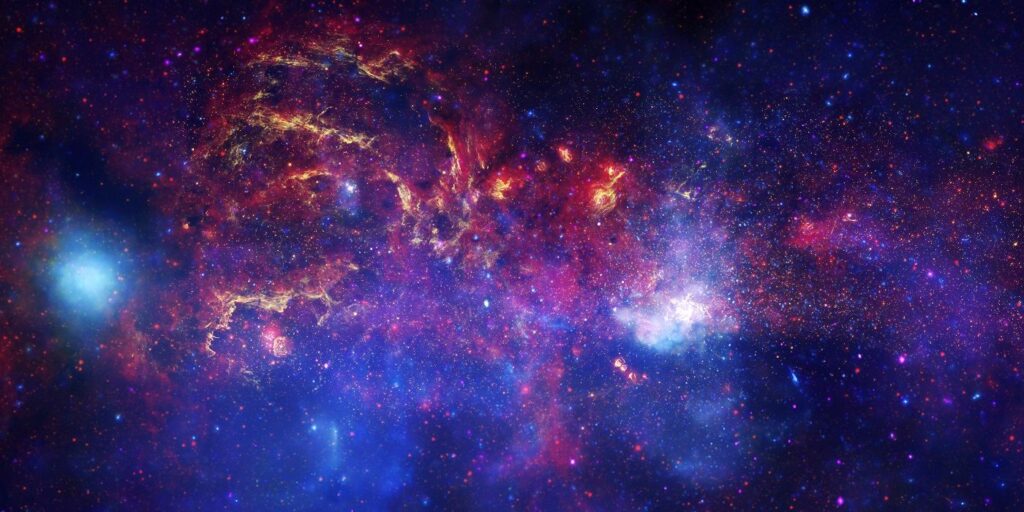
6. **Jessica Werk: Your Body’s Carbon Has Been Outside the Galaxy**
Collaborating with Samantha Garza on this groundbreaking study is Jessica Werk, a distinguished professor and chair of the Department of Astronomy at the University of Washington. Professor Werk brings her extensive expertise to the team, highlighting the profound implications of their findings. Her perspective is crucial for framing this discovery within the broader context of astrophysics, emphasizing its significance not just for specialized researchers but for our general understanding of the universe.
Professor Werk underscores the monumental nature of these results, stating that they have “significant and ‘exciting’ implications for our understanding of galaxy evolution.” This points to the research’s capacity to reshape fundamental theories about how galaxies form, grow, and sustain themselves over billions of years. It’s a powerful acknowledgment that this isn’t just an isolated finding, but a piece of a much larger cosmic puzzle that is now falling into place, offering unprecedented clarity on galactic life cycles.
Perhaps the most captivating and personally resonant aspect of the study is Professor Werk’s direct assertion regarding our own composition: “The same carbon in our bodies most likely spent a significant amount of time outside of the galaxy!” This statement is a powerful bridge between the abstract realm of astrophysics and our immediate, tangible reality. It transforms a distant scientific discovery into an intimate reflection on our own existence, inviting us to ponder the epic journeys undertaken by the very atoms that define us.
Professor Werk extends this profound realization even further. Given the established understanding that “other abundant atoms within human bodies, such as oxygen and iron, are also known to travel in the circumstellar medium,” she concludes that “it is likely that a majority of the atoms in most people’s bodies have spent time outside the Milky Way.” This means that the concept of “intergalactic traveler” isn’t limited to just carbon but probably applies to a vast proportion of the elements that constitute human life, solidifying our cosmic heritage as truly universal. Her statement, made in a press release, powerfully conveys the personal relevance of this cosmic discovery, making the distant universe feel incredibly close.
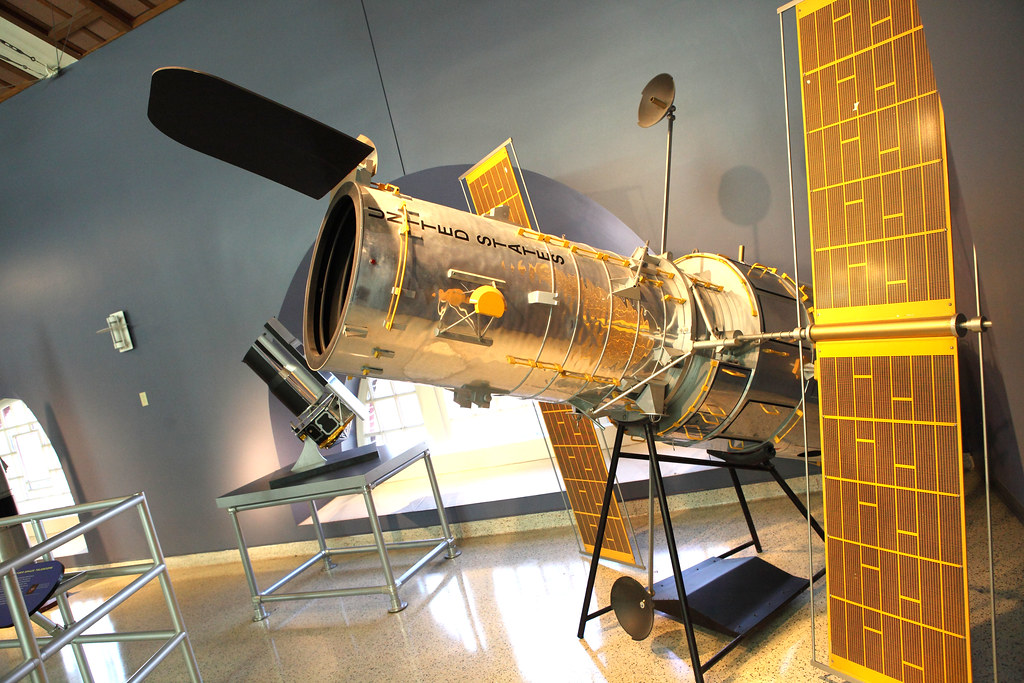
7. **The Hubble’s Eye: Unveiling Cosmic Carbon with the Cosmic Origins Spectrograph**
The groundbreaking revelations about carbon’s intergalactic travels were not conjured from theoretical musings alone; they are the meticulous harvest of keen observations from one of humanity’s most extraordinary scientific instruments: the Hubble Space Telescope’s Cosmic Origins Spectrograph. Orbiting silently above Earth’s obscuring atmosphere, this highly sensitive instrument provides astronomers with an unparalleled window into the universe’s most diffuse and elusive components, acting as a cosmic detective.
The method employed involved an ingenious technique, utilizing distant quasars as cosmic lighthouses. These incredibly bright objects, powered by active supermassive black holes, emit light that traverses immense cosmological distances. As this light journeys towards Hubble, it passes through the vast, gaseous halos surrounding other galaxies—the circumgalactic medium. The Cosmic Origins Spectrograph then measures how this light is subtly affected, specifically how certain wavelengths are absorbed by the elements it encounters.
By analyzing these specific patterns of absorption, scientists can identify the chemical elements present. It’s akin to examining the unique fingerprint left by each element as it interacts with the passing light. In this study, the spectrograph detected the distinct signature of carbon atoms, allowing researchers to confirm its presence and map its distribution far beyond visible galactic disks. This sophisticated technique provided the bedrock for understanding this cosmic conveyor belt, which would otherwise remain invisible.

8. **Carbon’s Surprising Abundance and Unprecedented Reach**
One of the most striking aspects of this new research is the revelation of carbon’s unexpected ubiquity and its astonishing territorial claims within the circumgalactic medium. For a considerable time, a prevailing scientific assumption held that while heavier elements like oxygen and iron could be propelled out of galaxies by supernovae, lighter elements, particularly carbon, would be too delicate to be similarly ejected and sustained within these vast cosmic currents.
However, the meticulous Hubble observations painted a dramatically different picture. The research team demonstrated, for the first time, that carbon atoms are actively recycled via these cosmic currents, defying earlier suppositions. The study revealed carbon is, in fact, “one of the most abundant elements within these extragalactic structures,” challenging a long-held view and requiring a re-evaluation of galactic material dynamics.
Even more astounding than its confirmed presence was the sheer scale of carbon’s distribution. Measurements indicated carbon stretches an incredible “400,000 light-years outside its host galaxy”—approximately “four times wider than the Milky Way.” This profoundly reshapes our understanding of galactic ecology, confirming a “giant reservoir for both carbon and oxygen” far more extensive than imagined and underscoring the universe’s interconnected, resource-sharing design.
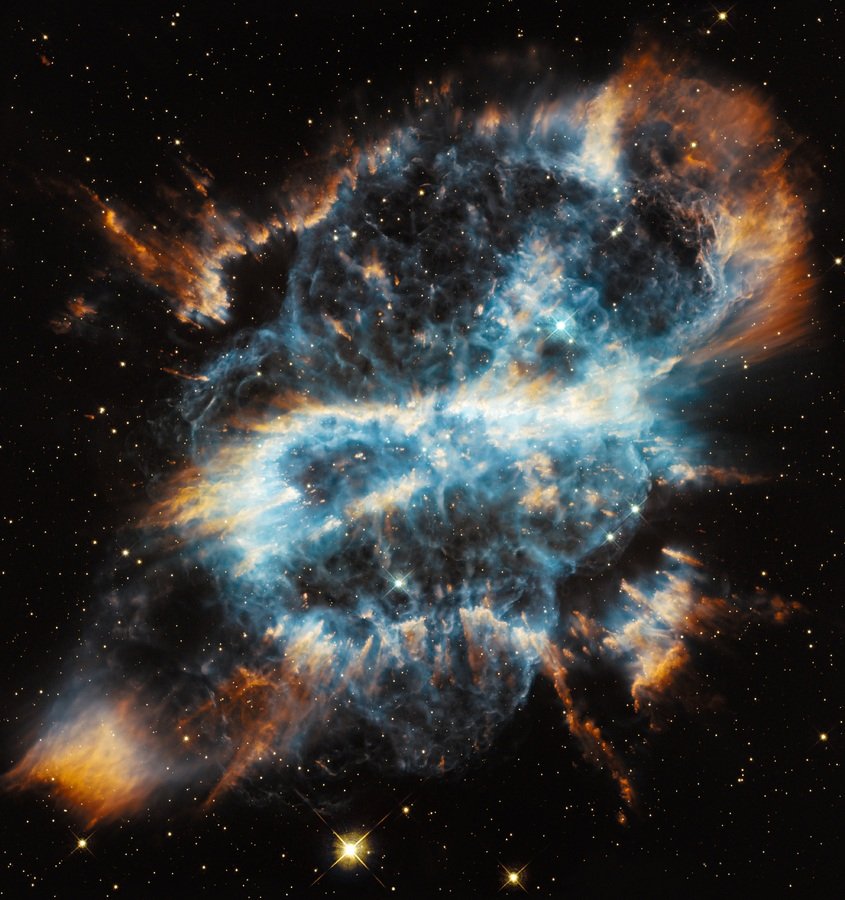
9. **Connecting the Cosmos: The Intergalactic Origins of Life’s Building Blocks**
The revelation that the carbon in our bodies may have journeyed outside the Milky Way has profound implications for our understanding of life itself. Carbon, a chemical element widely distributed in nature, is undeniably “essential to life as we know it,” forming the backbone of all organic molecules crucial for biological existence, from proteins to DNA.
Planets like Earth are not isolated; they “take shape by integrating these star-forged elements into their composition—whether it’s the iron at the core, the oxygen in the atmosphere, or the carbon that forms the foundation of life on the surface.” This research adds an exhilarating chapter, suggesting these foundational elements didn’t just passively drift, but participated in an intergalactic dance before coalescing into our solar system.
This transforms our perception of our origins from merely “stardust” to “recycled intergalactic stardust.” The very atoms enabling our existence have witnessed cosmic vistas far beyond the Milky Way’s spiral arms, underscoring the universe’s grand interconnectedness. Samantha Garza’s assertion that carbon “may have traveled outside the galaxy… before returning on a cosmic ‘conveyor belt'” fundamentally deepens our understanding of how galaxies form and, by extension, how we were created, implying a dynamic, galactic-scale recycling process for life’s raw materials.
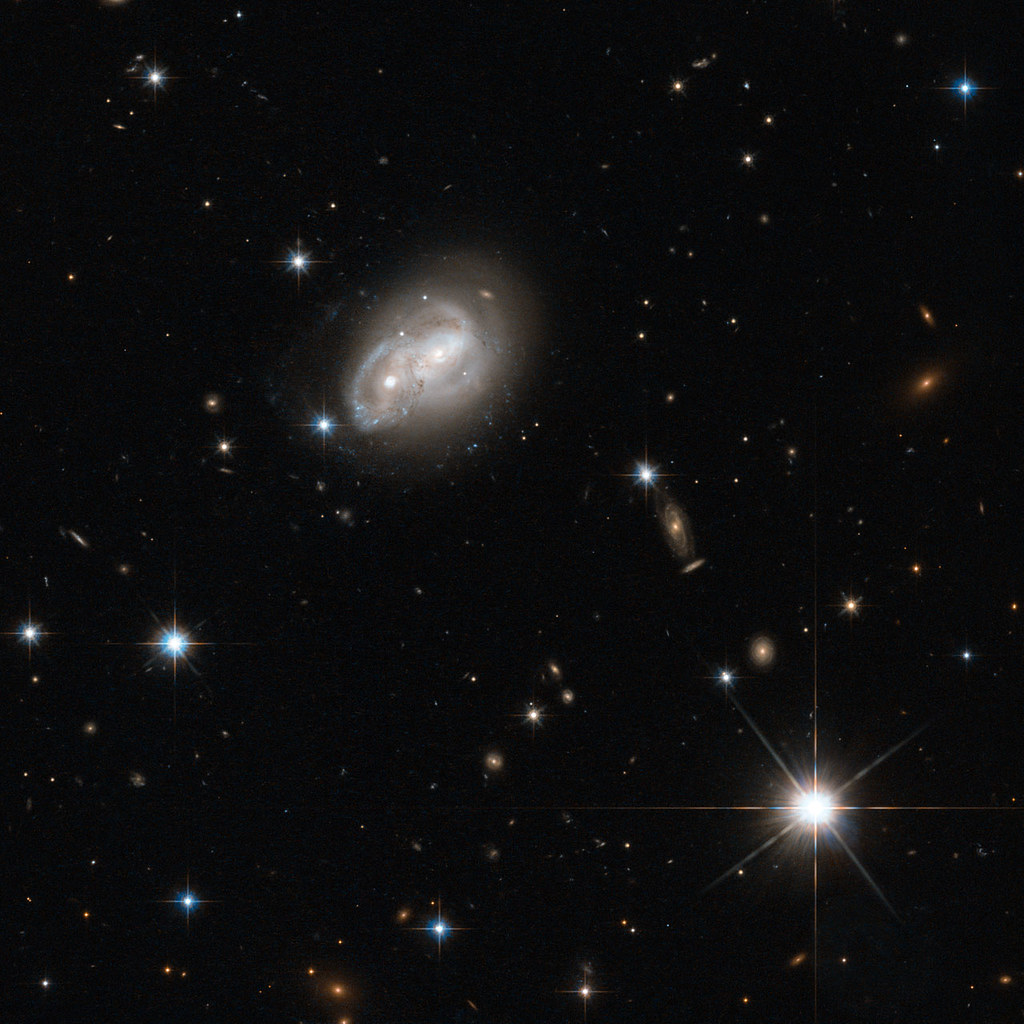
10. **The Fuel for Future Stars: Understanding Galactic Longevity**
Beyond the personal connection to our atomic origins, this discovery has “significant and ‘exciting’ implications for our understanding of galaxy evolution,” as Professor Jessica Werk highlighted. The circumgalactic medium, confirmed as a vast reservoir and dynamic conveyor belt for vital elements like carbon and oxygen, is revealed as a central player in the long-term health and vitality of galaxies, specifically in the birth of new stars.
Star formation is an energy-intensive process requiring a continuous supply of raw material. If a galaxy simply expelled heavy elements into space without a return mechanism, it would deplete its reserves, halting star birth. The CGM acts as a critical lifeline, ensuring that the “fuel to keep star formation going” is perpetually circulated. Samantha Garza confirms, “If you can keep the cycle going—pushing material out and pulling it back in—then theoretically you have enough fuel to keep star formation going.”
This intricate dance is the engine of galactic renewal, providing insights into why some galaxies remain vibrant, actively forming stars for billions of years, while others become “stellar deserts.” Learning “how these currents eventually slow down and fizzle out will be a key tool in understanding how galaxies eventually die,” Garza emphasizes, offering profound clues about the universe’s grand narrative and the life cycles of its magnificent structures.
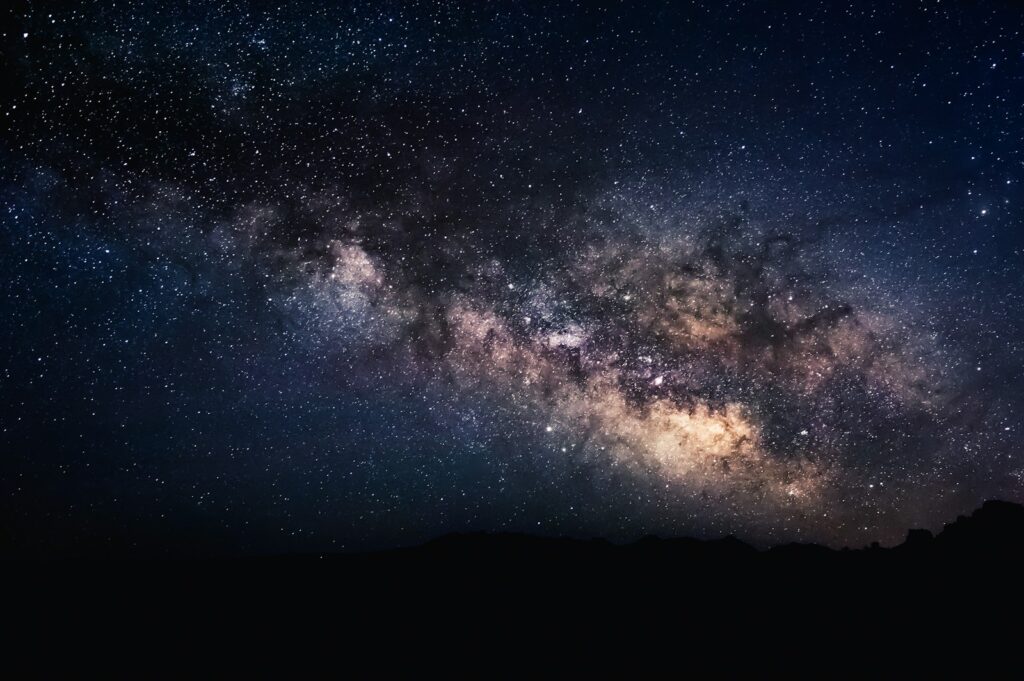
11. **Looking Ahead: Quantifying the Cosmic Inventory and Galactic Fates**
This groundbreaking study is not an endpoint, but a vital stepping stone in unraveling the universe’s profound mysteries. Researchers are now embarking on the next crucial phase, aiming to paint an even more comprehensive picture of the circumgalactic medium’s composition and its role in galactic evolution, starting with a systematic quantification of other elements swirling within this vast intergalactic reservoir.
One primary objective is to “determine the full extent of other elements circulating in this cosmic recycling system.” Identifying and measuring these elements will provide an unprecedented “cosmic inventory,” revealing the precise chemical makeup of the galactic recycling hub. Equally important is the comparative analysis to “compare how the composition of active star-forming galaxies differs from those that have mostly stopped making new stars in space.” This approach is critical for understanding galactic “aging” and eventual “death.”
As Garza noted, “If you can keep the cycle going… then theoretically you have enough fuel to keep star formation going.” The inverse holds the key to galactic cessation. What causes the “conveyor belt” to slow? These are the complex questions future investigations seek to answer, offering deeper understanding of how our galaxy thrives and the ultimate fate of galaxies across the universe.

12. **Our Place in the Cosmic Recycling System**
The journey of carbon atoms, from stellar nurseries to intergalactic space and eventually into the very fabric of our being, serves as a powerful reminder of our intrinsic connection to the vast cosmic tapestry. “Every atom of carbon in your body has an incredible story to tell,” and this research has unveiled a significant chapter, one that transcends our immediate solar system and reaches into the depths of intergalactic space.
This profound revelation about the circumgalactic medium and its “conveyor belt” system elevates our understanding of ourselves. The atoms that compose us are not static; they are “active participants in an ongoing cosmic cycle of creation and renewal.” This isn’t just about distant stars and galaxies; it’s about the very essence of our physical existence, shaped by processes spanning millions of light-years and billions of years, fostering a sense of awe and wonder within the universe’s monumental narrative.
The support from institutions like NASA and the National Science Foundation highlights the importance of fundamental scientific inquiry, pushing the boundaries of human knowledge and reshaping our philosophical perspectives. So, the next time you gaze at the night sky, remember it’s an immense, dynamic “cosmic recycling system that has been running for billions of years,” a system that has played a crucial and direct role in making you who you are today.
Read more about: Decoding ‘Five’: How This Foundational Number Powers Innovation and Unlocks New Ideas Across Disciplines
The journey of carbon, from stellar furnaces to intergalactic space and back, before finally becoming a part of us, is a testament to the universe’s incredible interconnectedness. It reminds us that we are profoundly, inextricably linked to the grand, dynamic processes that shape galaxies and sow the seeds of life across the cosmos.

